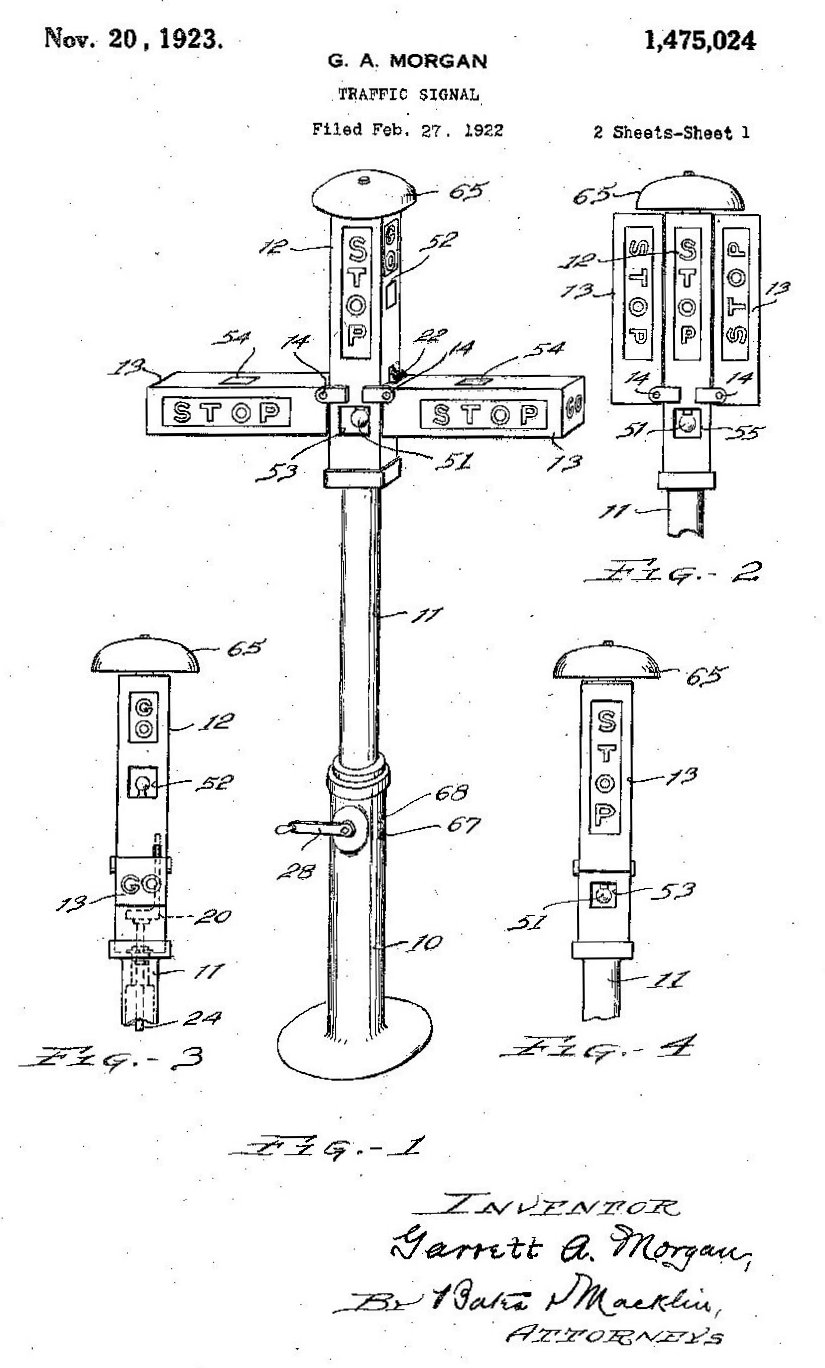Surveying modern surgery, it is possible to picture change in terms of three successive, overlapping, phases of development. The first stage of modern surgery involved an era of extirpation, which pioneered new ways of dealing with tumors and injuries by means of surgical excision. There followed a stage of restoration, in which stress fell on surgical physiology and pharmacology, aimed at repairing impaired or endangered function. The third age has placed greater emphasis on replacement, the introduction into the damaged body of biological or artificial organs and tissues.
This last phase requires a more systemic approach to treatment that may be breaking down the time-honoured boundaries between surgery and other medical disciplines.
The Cambridge History of Medicine. p. 207.
This last phase requires a more systemic approach to treatment that may be breaking down the time-honoured boundaries between surgery and other medical disciplines.
The Cambridge History of Medicine. p. 207.
The next stage seems to be bioenhancement, which intends to extend the range of human physical and mental capabilities. Medicine is increasingly becoming a technology, i.e. a complex web of materials, devices, practices, and processes that are being developed by multi-disciplinary teams.
tags: health, biology, course, evolution, technology, process





















